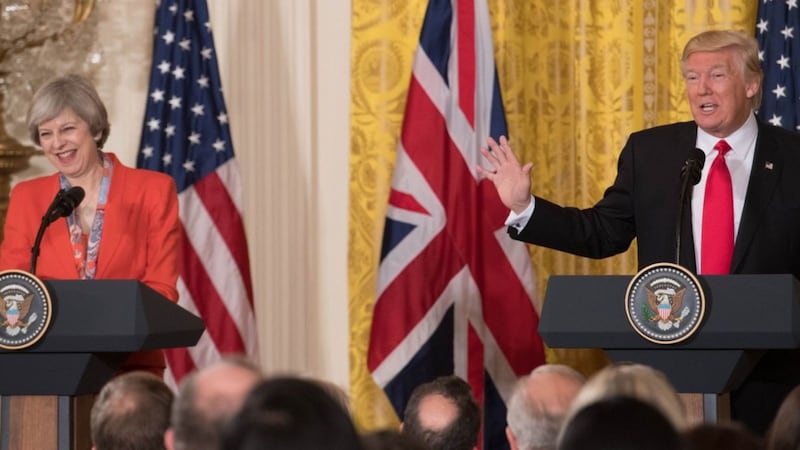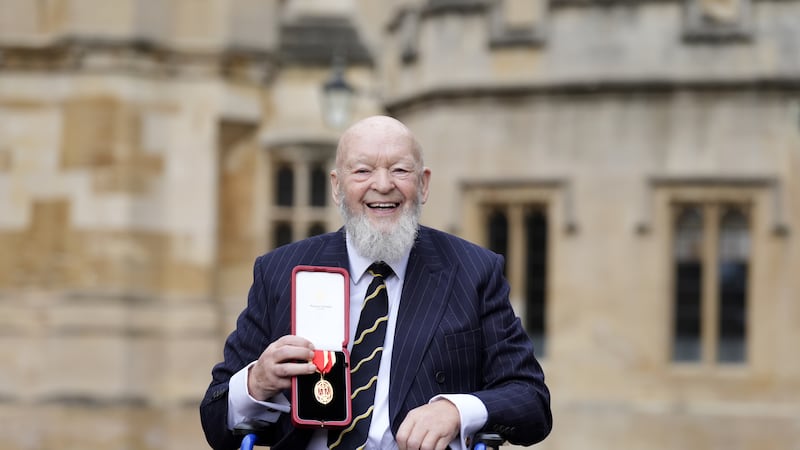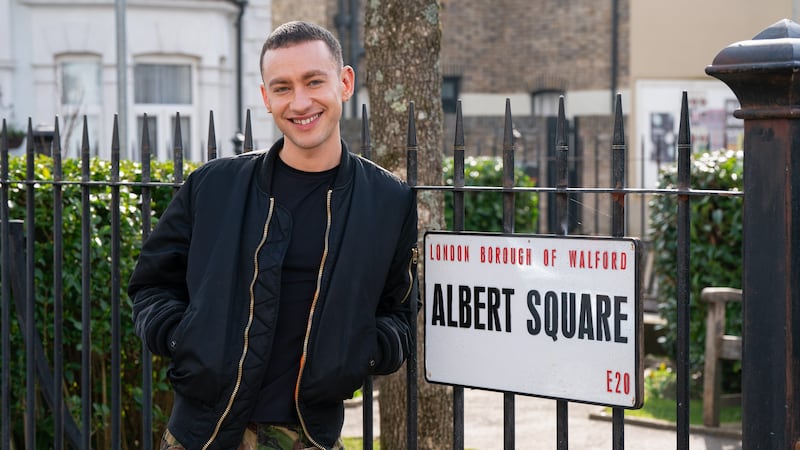Here’s a brief guide to elections in two of the most famous democracies in the world: The United Kingdom and the United States.
President versus prime minister
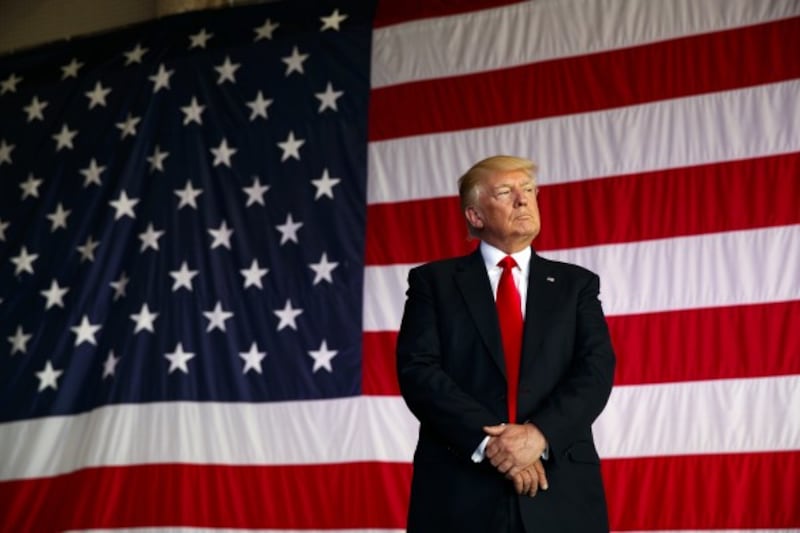
In America people vote for the president and their state representatives separately, while in the UK the vote is all wrapped up in one.
When people in Britain and Northern Ireland go to the polls in a general election, they are voting to choose who will be their local MP, most of whom are members of one of the main parties in Westminster.
The party with the most MPs then generally goes on to form the government and the leader of that party becomes prime minister.
Therefore a vote in a British general election represents, to varying degrees, a vote for a local MP, for a party and for a prime minister.
In America, the votes for the president, for senators and for members of the House of Representatives are kept separate – so in theory someone could cast a vote for a Republican president while at the same time voting for a Democrat senator.
Unlike an American president, the prime minister can change during a term because their party collectively decides who leads them – not the electorate.
For an American president to change during office they would have to be impeached (removed by a vote of no confidence), or die prematurely to be replaced by a Vice President, as with John F Kennedy in 1963.
A president is also the head of state, where a prime minister is not.
Election system
The UK uses a First Past The Post electoral system where the country is divided into 650 voting counties, called constituencies, each represented by a corresponding Member of Parliament (MP).
On polling day, voters place an X next to their choice and the candidate with the most votes at the end of the night’s count is then instated as that constituency’s MP.
The party with the most elected MPs is then left to form the ruling Government (the Executive) and that party’s leader becomes prime minister.
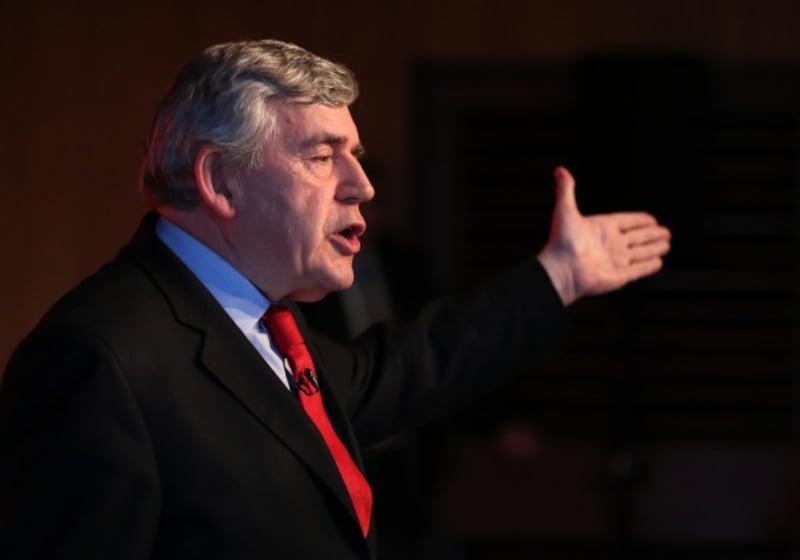
In America, presidents are decided by the electoral college system whereby every vote for a particular presidential hopeful actually goes to a group of people known as “electors” – each of whom belongs to a particular party and pledges to vote for that party’s candidate.
Each state is represented by a different number of electors, depending on the size of that state’s population.
The country’s 538 electors then each casts one vote for one of the presidential candidates, and the person with more than half (270 or more) wins. The new president is then inaugurated in January of the following year.
Parliament versus Congress
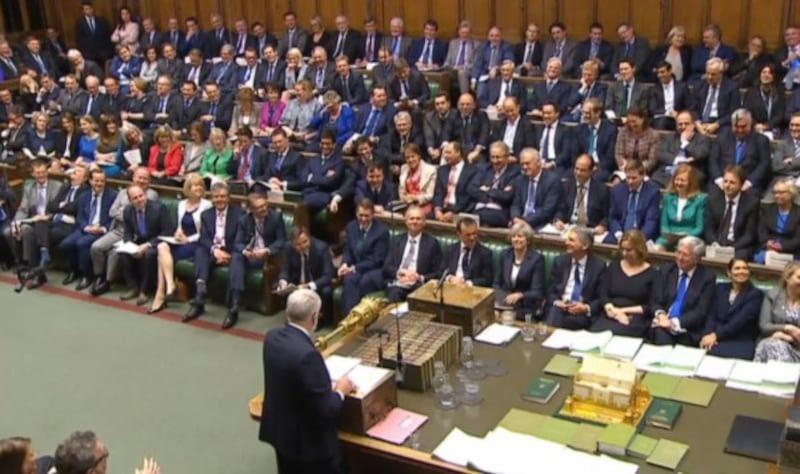
Unlike the UK system, where each vote is cast for a parliamentary party as much as a Prime Minister, the US holds separate elections for its two legislative chambers: the House of Representatives and the Senate.
Where the UK parliament is made up of 650 MPs corresponding to 650 voting constituencies, each of the American states is represented by two Senators and a differing number of Members of the House, depending on the size of that state’s population.
In the US, presidential elections are fixed every four years, Members of the House are chosen every two years, and Senators every six with overlapping terms so that only a third go up for election in each election cycle.
In the UK a general election, effectively entailing the election of both a prime minister and the parliament around them, takes place every five years unless the government of the day wins the approval of Parliament to bring that date forward – as Theresa May did in 2017.
Campaigning
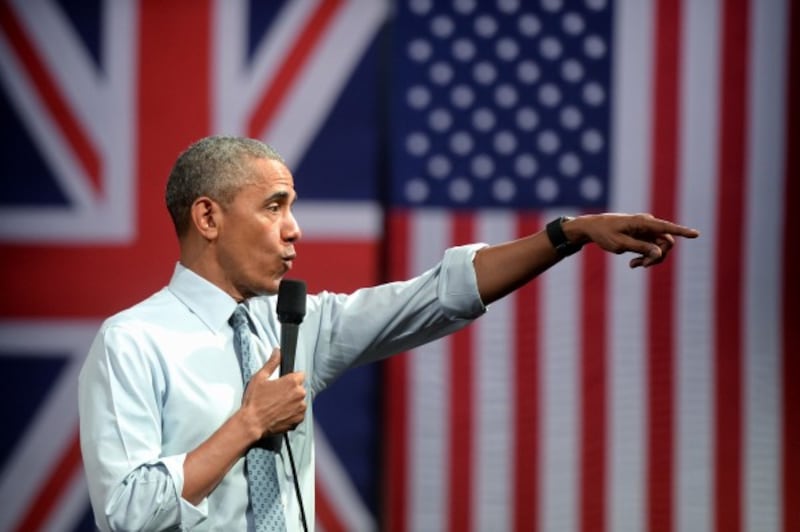
One of the key differences between the British and American systems stems from the use of campaign money: America is huge, and that means it takes a lot of cash to spread the word.
In Britain and Northern Ireland there are tight controls on what parties can spend on campaigning, and private contributions are relatively modest.
In the US, the size of the country alone demands far more from private investors to get a candidate’s message heard, and campaign spending typically runs into the billions of dollars.
The size of US rallies, too, tends to dwarf public appearances by party leaders in the UK. In either election, key states or constituencies are usually chosen for stops on the campaign trail, but US candidates tend to focus heavily on tactical “swing states” where a change in affiliation from one party to another can have a huge impact on the outcome of the election.
TV debates
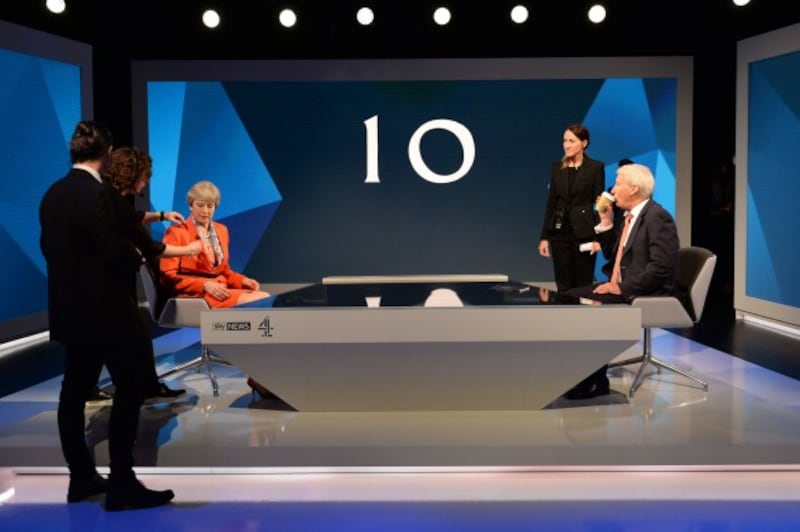
It’s becoming more common in the UK, but TV debates are not guaranteed.
In America, however, they are integral to the election cycle. Not only do presidential candidates from each opposing party debate on live TV (usually moderated by a prominent broadcast journalist), but there are also several televised debates before the primary elections take place.
In the UK, politicians are not necessarily expected to take part in televised debates, although a growing public interest in the medium has put pressure on party leaders to engage – pressure that May managed to resist this week.
Back-to-back office?
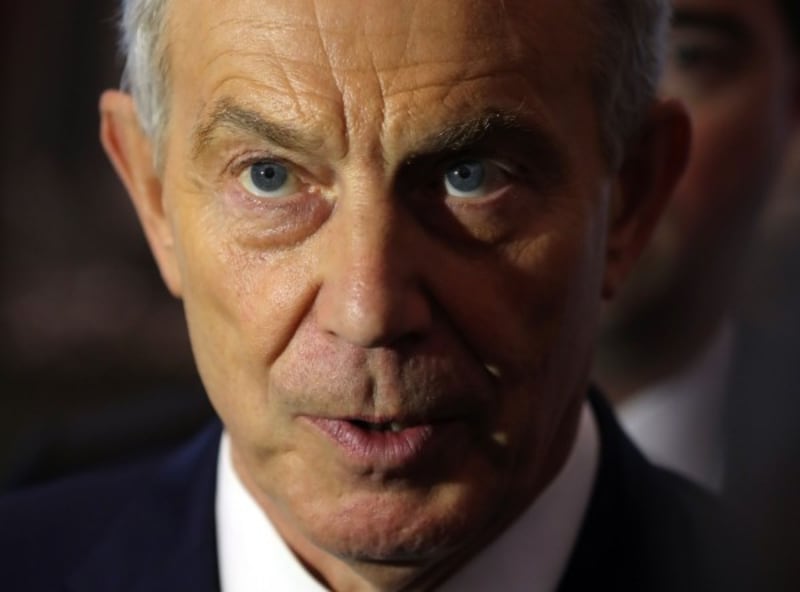
A US president is only allowed to take presidential office for a maximum of two terms. A British prime minister can take office for as long as her or his party remains in power, and they remain leader of that party.
